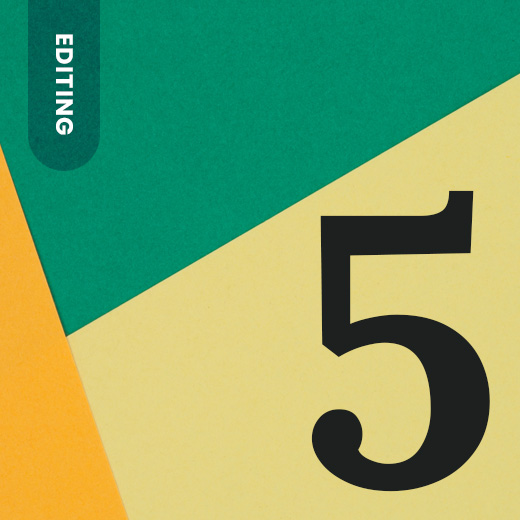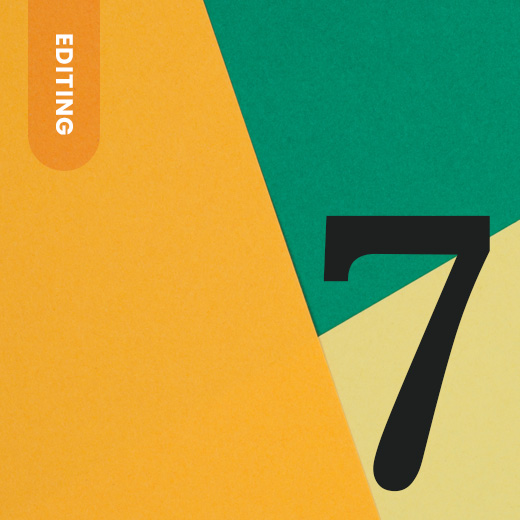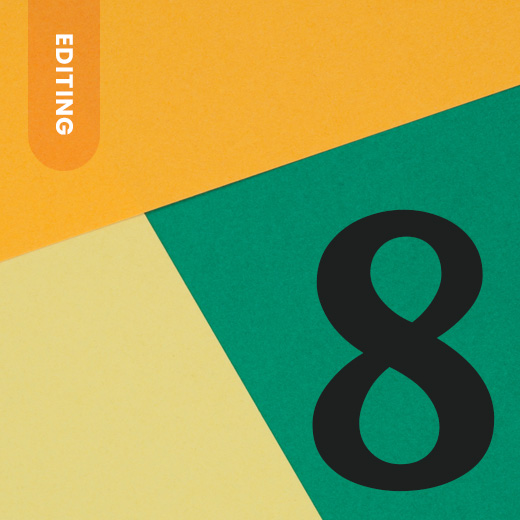Citation Guidelines for Nonfiction
When writing nonfiction, citing sources is part of being a credible and legally responsible author. Citations allow you to give credit where credit is due for material borrowed or referenced from books, articles, or websites. Knowing when, why, and how to use citations means your work is ethical and professional.
Why You Should Cite
- It’s the law: Copyright law protects other people’s intellectual property. Not crediting or using too much of someone’s work without permission can get you in trouble.
- It helps your reader: Citations allow your reader to look up your references and dig deeper into concepts or facts mentioned in your book.
- It’s ethical: Giving credit where credit is due is part of being honest in your writing. Acknowledging others’ work helps you build trust with your reader.
When to Cite in Nonfiction
Nonfiction authors should cite:
- Direct quotes: Whenever you quote someone directly, you must cite.
- Paraphrases: Even if you’re not quoting verbatim, any significant use of someone else’s work or idea should be cited.
- Springboard ideas: If an idea from another source inspired your original idea or concept, you should cite that source.
- Obscure facts: If you’re mentioning a fact that may be hard for your reader to look up themselves, citing the source adds credibility to your work.
How to Cite Sources in a Nonfiction Book
There are many citation styles depending on your genre and publisher’s preference. If you’re not sure which to use, look at books similar to yours to see what style they use. Here are some common citation methods:
- Chicago Manual of Style (Notes and Bibliography):
- Footnotes or endnotes with a bibliography.
- Used in historical books, literature, and the arts.
- Chicago Manual of Style (Author-Date):
- In-text citations with the author’s name and publication year in parentheses, plus a reference list.
- Used in physical, natural, and social sciences.
- Modern Language Association (MLA):
- Author and page number in parentheses in the text.
- Works cited list at the end of the book or article.
- Used in academia, especially in the humanities.
- American Psychological Association (APA):
- In-text citations include author, year, and page number.
- Reference list.
- Used in social sciences.
- American Medical Association (AMA):
- Superscripted numbers in the text with a numbered reference list.
- Used for medical research papers and books.
Check the latest editions of style guides: The Chicago Manual of Style, 17th Edition; MLA Handbook, 8th Edition; Publication Manual of the American Psychological Association, 6th Edition; AMA Manual of Style, 10th Edition, to make sure you’re following the citation guidelines.
When Citations Are Not Enough
Sometimes, just citing isn’t enough—you may also need permission from the copyright holder. This is especially true when quoting certain types of material:
- More than a few lines of poetry or song lyrics
- Articles or other short works beyond a few sentences
- More than 500 words from a book
- Any unpublished material (e.g., emails, text messages, or personal letters)
It’s not just about the amount of content used, but also about the importance of the material. For example, quoting a key part of someone’s work, even if it’s brief, may still require permission.
Cite Right
Citing correctly will not only meet the legal and ethical requirements of your nonfiction book, but also help your readers find your sources. Get to know the citation methods early on in your writing process so you don’t have to go searching for sources after your manuscript is done.

Don't let your manuscript sit idle
start your publishing journey now!
Get matched with a self-publishing company specifically chosen for you and the book you are publishing.
Don’t let your manuscript sit idle – start your publishing journey now!




